We put the Vivo X Fold through our rigorous DXOMARK Audio test suite to measure its performance both at recording sound using its built-in microphones, and at playing audio back through its speakers.
In this review, we will break down how it fared in a variety of tests and several common use cases.
Overview
Key audio specifications include:
- Two speakers (Top side, bottom side)
- No jack audio output
Scoring
Sub-scores and attributes included in the calculations of the global score.
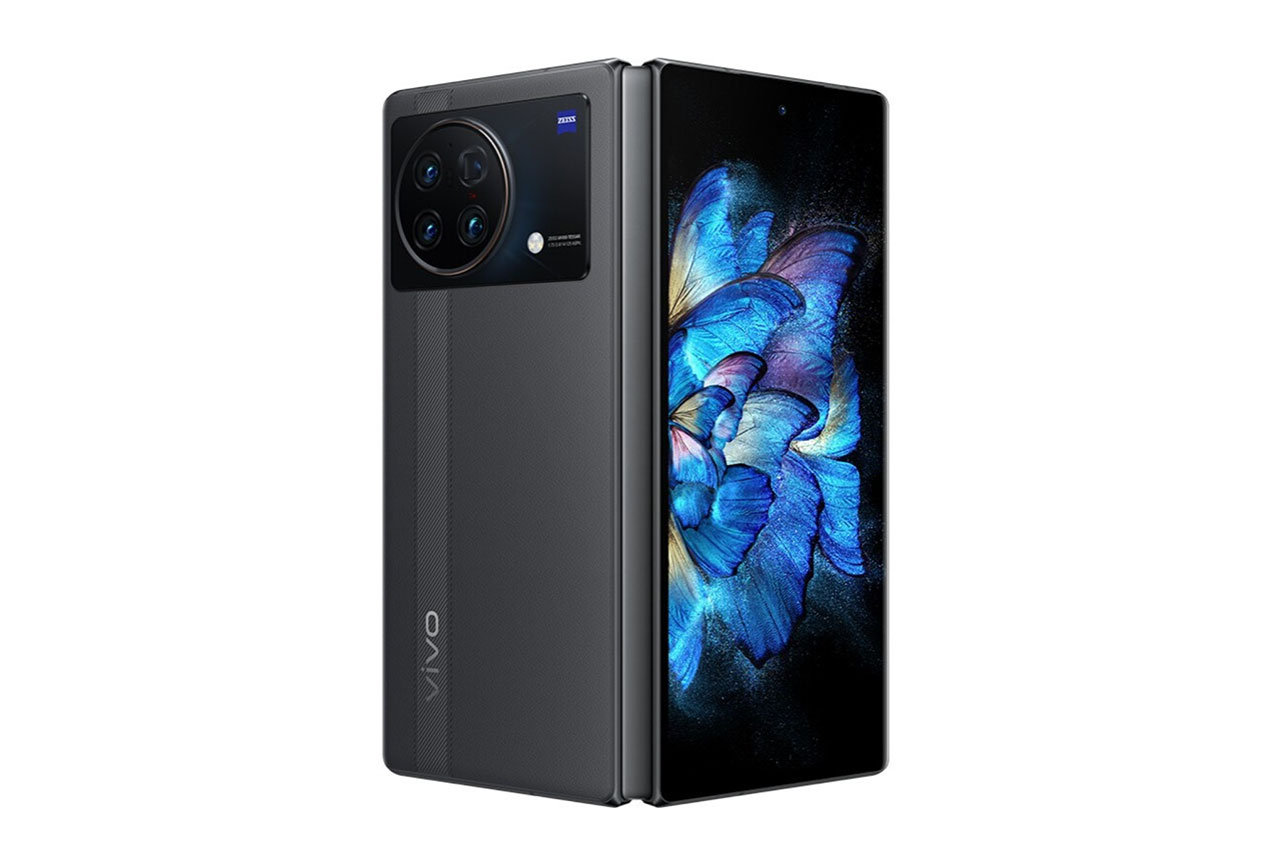
Vivo X Fold


 63rd
63rd 42nd
42ndPlayback
Cons
- Inconsistent tonal balance
- Strong compression and pumping, along with bass distortion at maximum volume
- Not intelligible enough at softer volumes
Recording
Pros
- Excellent and immersive spatial performance, extremely impressive stereo wideness and perfect localizability
- Good tonal balance with natural restitution of voices
Cons
- SNR could be better in all apps used for testing
- Quite sensitive to microphone occlusions
With a DXOMARK Audio score of 132, the Vivo X Fold performed well overall in our tests. While it proved to be an outstanding device for recording —thanks to the sheer wideness of its stereo recordings — playback results were just above average, leaving the testers wanting more, considering the X Fold’s dimensions and price point.
In audio playback, our experts were satisfied with a deep low-end rendition complimenting an experience that was as equally pleasant in music listening as it was in movie-watching or gaming. However, the tonal balance was inconsistent depending on content and volume, and while the stereo wideness was perfectly good, one could have hoped for even better.
The X Fold truly shone in recording, and while it was best with the main camera, results were good with the front camera and memo app as well. Audio recordings were exceptionally immersive, thanks to an outstanding stereo wideness both in landscape and portrait orientations when unfolded, and offered a very pleasant and natural sound signature. The Vivo also comes with an audio zoom feature that is useful in certain situations. However, our experts found that it could benefit from some adjustments.
Test summary
About DXOMARK Audio tests: For scoring and analysis in our smartphone audio reviews, DXOMARK engineers perform a variety of objective tests and undertake more than 20 hours of perceptual evaluation under controlled lab conditions.
(For more details about our Playback protocol, click here; for more details about our Recording protocol, click here.)
The following section gathers key elements of our exhaustive tests and analyses performed in DXOMARK laboratories. Detailed performance evaluations under the form of reports are available upon request. Do not hesitate to contact us.
Playback
Vivo X Fold
163
DXOMARK engineers test playback through the smartphone speakers, whose performance is evaluated in our labs and in real-life conditions, using default apps and settings.
The Vivo X Fold’s playback performance was overall fairly average. Timbre was nice and benefited from a very pleasant low-end, but tonal balance could have been more homogeneous, with the upper bass/low midrange region being quite lackluster compared to low-end extension and upper midrange clarity. Midrange was decent, and so was treble, despite a noticeable lack of high-end extension.
Dynamics performance was fairly good, with sharp and accurate attack most of the time, very decent bass precision and a pretty powerful punch.
Wideness of the sound scene created by the internal speakers was very good, but given the device’s large dimensions in its unfolded state, our experts had expected even better results, especially in portrait orientation. Individual sound sources could be located quite precisely and the Vivo offered good depth rendition as well as a realistic distance perception.
Listening at the lowest volume step might be difficult as the minimum volume proved to be a bit too soft, however the maximum volume was loud enough. There were some unwanted audio artifacts at this volume though, including pretty strong bass distortion, compression and pumping. It’s also worth keeping in mind that both speakers can easily be accidently covered when gaming, so hand positioning is crucial.
Listen to the tested smartphone’s playback performance in this comparison with some of its competitors:

Timbre
Vivo X Fold
158
The Timbre score represents how well a phone reproduces sound across the audible tonal range and takes into account bass, midrange, treble, tonal balance, and volume dependency. It is the most important attribute for playback.

Dynamics
Vivo X Fold
149
The Dynamics score measures the accuracy of changes in the energy level of sound sources, for example how precisely a bass note is reproduced or the impact sound from drums.
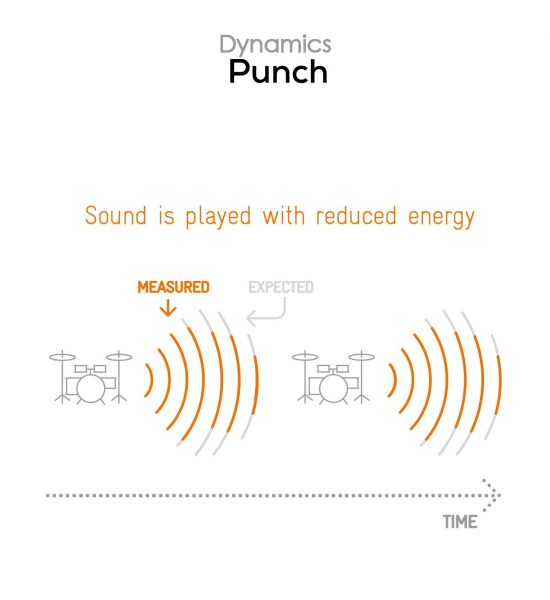
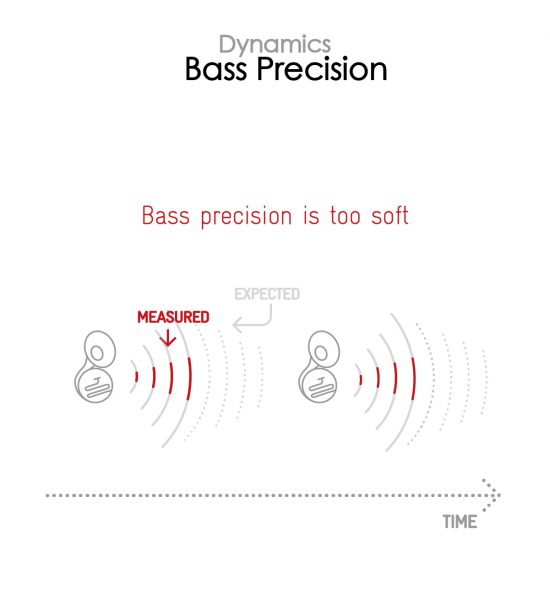

Spatial
Vivo X Fold
162
The sub-attributes for spatial tests include pinpointing a specific sound's location, its positional balance, distance, and wideness.

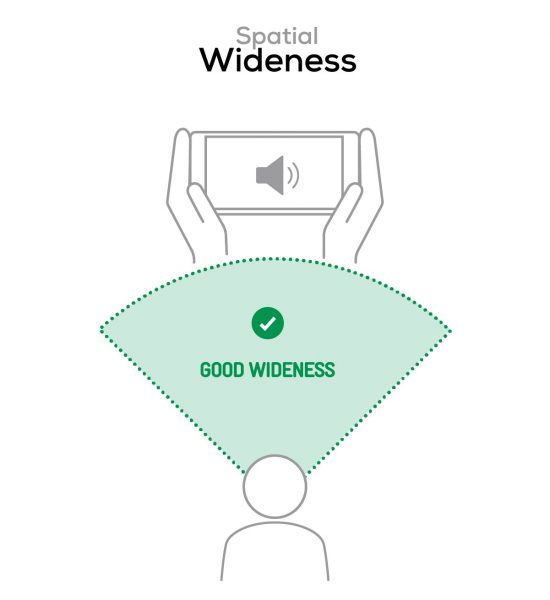

Volume
Vivo X Fold
162
The Volume score represents the overall loudness of a smartphone and how smoothly volume increases and decreases based on user input.
| Hip-Hop | Classical | |
| Vivo X Fold | 74.5 dBA | 72.7 dBA |
| Xiaomi Mix Fold 2 | 72.2 dBA | 67.9 dBA |
| Samsung Galaxy Z Fold4 | 71.1 dBA | 67.3 dBA |

Artifacts
Vivo X Fold
157
The Artifacts score measures the extent to which the sound is affected by various types of distortion. The higher the score, the less the disturbances in the sound are noticeable. Distortion can occur because of sound processing in the device and because of the quality of the speakers.
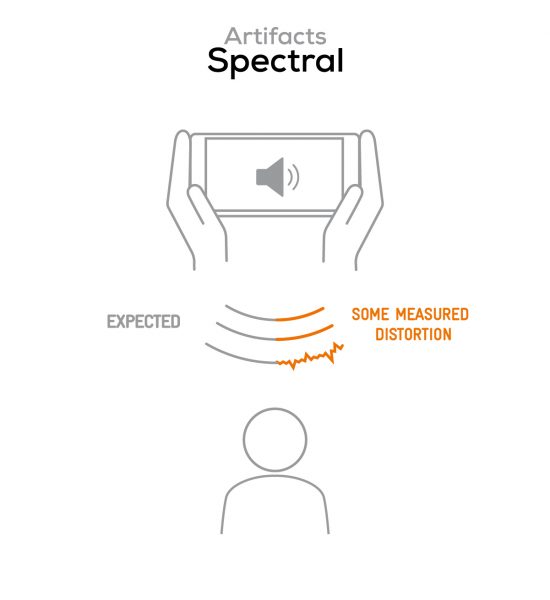
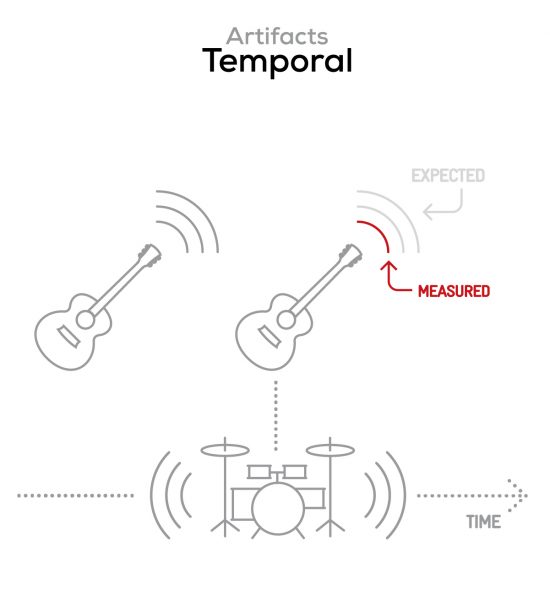
It represents the distortion and noise of the device playing our test signal (0 dB Fs, Sweep Sine in an anechoic box at 40 cm) at the device's maximum volume.
Recording
Vivo X Fold
160
DXOMARK engineers test recording by evaluating the recorded files on reference audio equipment. Those recordings are done in our labs and in real-life conditions, using default apps and settings.
In recording, the X Fold delivered excellent results, notably making good use of its large body when unfolded. Tonal balance was very pleasant, with a transparent rendition of vocal content. Main camera recordings featured very natural treble and a well rendered midrange. Selfie videos came with good brightness and therefore clarity in voices. Signal-to-noise ratio could have been better, especially in urban environments with a lot of background noise, but the clear and precise envelope allowed for clear comprehension of voices anyways.
Spatial performance was excellent, with outstanding wideness both in landscape and portrait orientation resulting in very immersive recordings. Voices were perfectly localizable in the audio scene, with an accurate sense of depth. Recording volume was loud enough and artifacts were well under control at high sound pressure levels. However, when covering the microphones with their hands, our testers noticed muffled sounding recordings and loud finger noise. In addition, stereo balance could shift to one side. Background rendition was good, thanks to pleasant and natural tonal balance. More bass could have emphasized immersion, though.
Here is how the Vivo X Fold performs in recording use cases compared to its competitors:

Timbre
Vivo X Fold
147
The Timbre score represents how well a phone captures sounds across the audible tonal range and takes into account bass, midrange, treble, and tonal balance. It is the most important attribute for recording.

Dynamics
Vivo X Fold
146
The Dynamics score measures the accuracy of changes in the energy level of sound sources, for example how precisely a voice's plosives (the p's, t's and k's, for example) are reproduced. The score also considers the Signal-to-Noise Ratio (SNR), for example how loud the main voice is compared to the background noise.
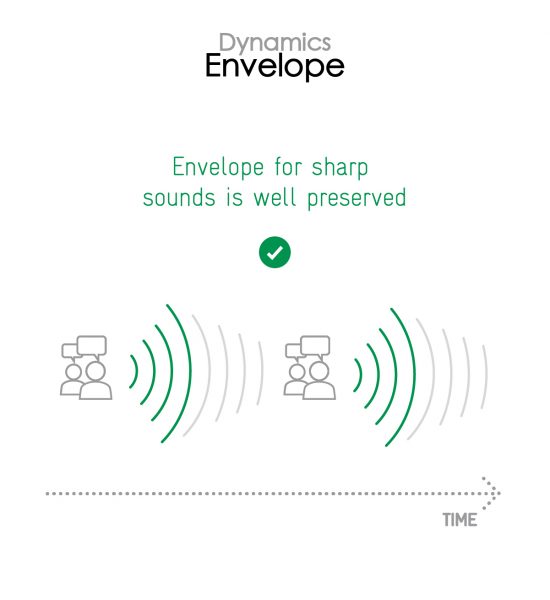
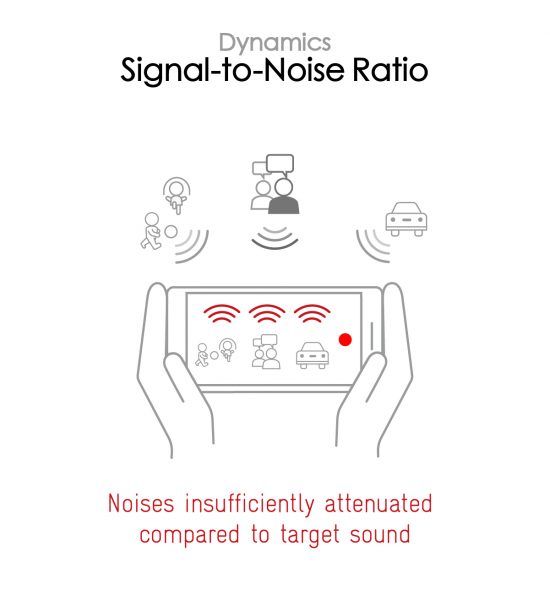
The sub-attributes for spatial tests include pinpointing a specific sound's location, its positional balance, distance, and wideness on the recorded audio files.
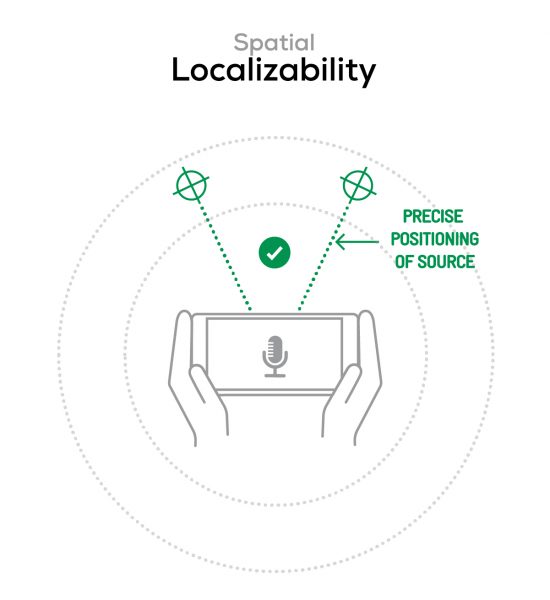
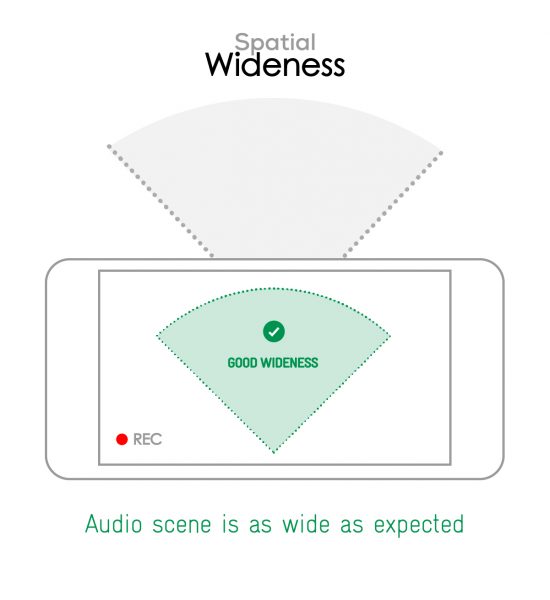

Volume
Vivo X Fold
170
The Volume score represents how loud audio is normalized on the recorded files and the how the device handles loud environments, such as electronic concerts, when recording.
| Meeting | Life Video | Selfie Video | Memo | |
| Vivo X Fold | -25.1 LUFS | -17.9 LUFS | -20 LUFS | -20.2 LUFS |
| Xiaomi Mix Fold 2 | -25.3 LUFS | -22.8 LUFS | -19.7 LUFS | -20.8 LUFS |
| Samsung Galaxy Z Fold4 | -25.8 LUFS | -21.6 LUFS | -22.7 LUFS | -21 LUFS |

Artifacts
Vivo X Fold
145
The Artifacts score measures the extent to which the recorded sounds are affected by various types of distortions. The higher the score, the less the disturbances in the sound are noticeable. Distortions can occur because of sound processing in the device and the quality of the microphones, as well as user handling, such as how the phone is held.
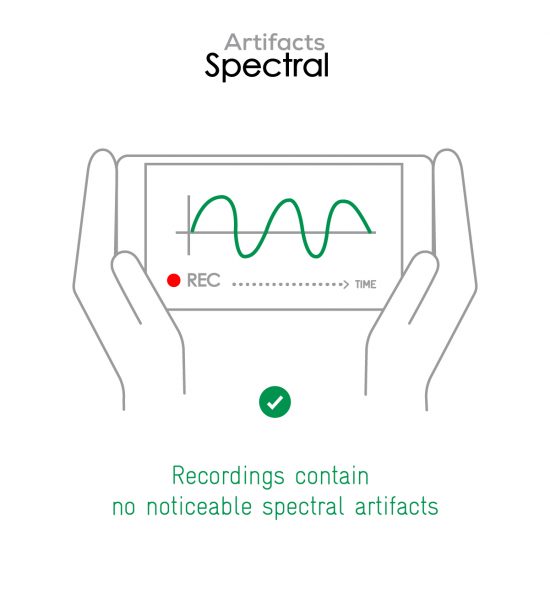
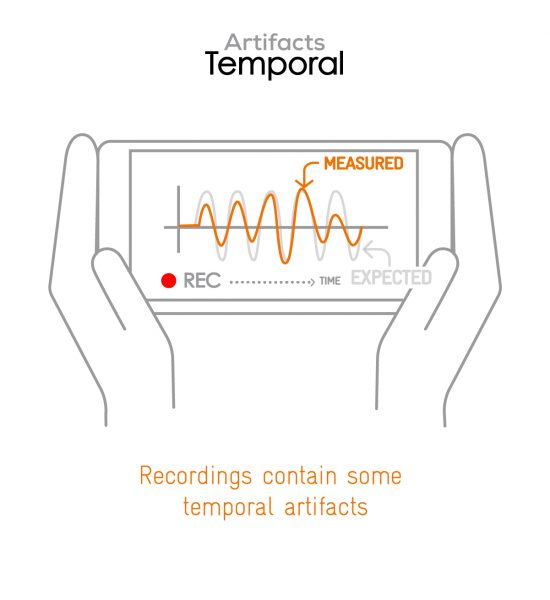
In this audio comparison, you can listen to the way this smartphone handles wind noise relative to its competitors:

Background
Vivo X Fold
166
Background evaluates how natural the various sounds around a voice blend into the video recording file. For example, when recording a speech at an event, the background should not interfere with the main voice, yet it should provide some context of the surroundings.
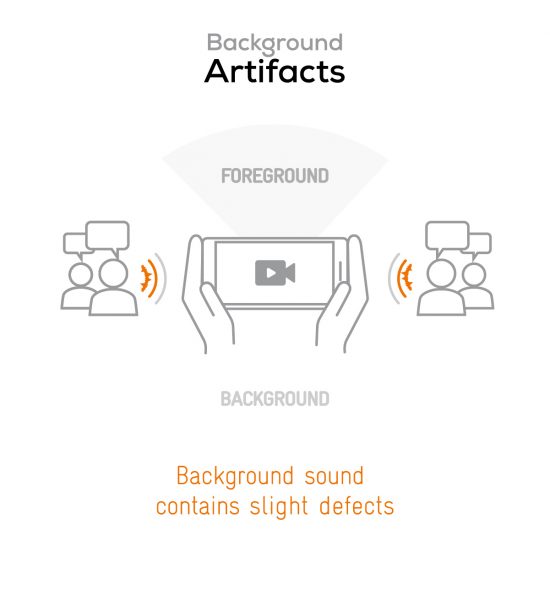
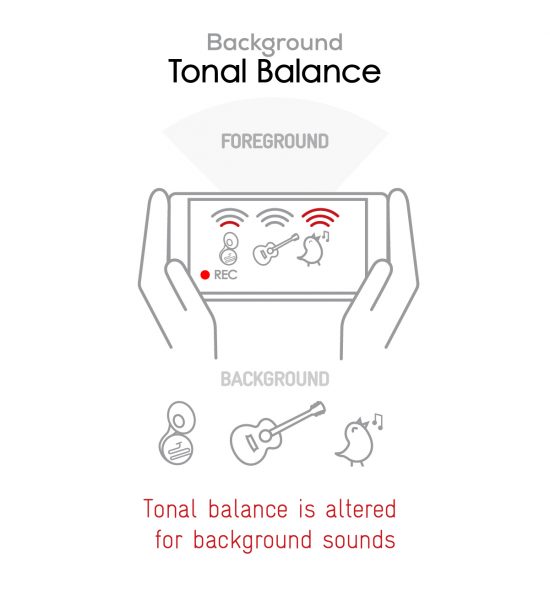


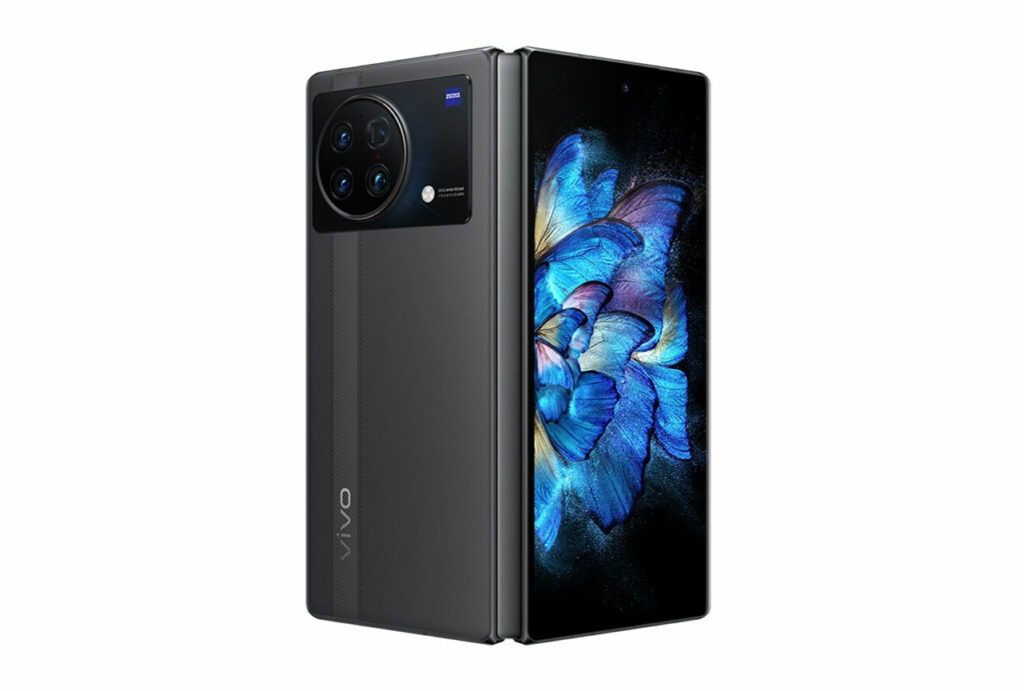

DXOMARK encourages its readers to share comments on the articles. To read or post comments, Disqus cookies are required. Change your Cookies Preferences and read more about our Comment Policy.